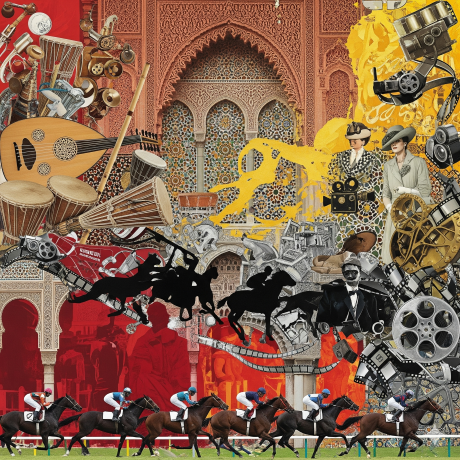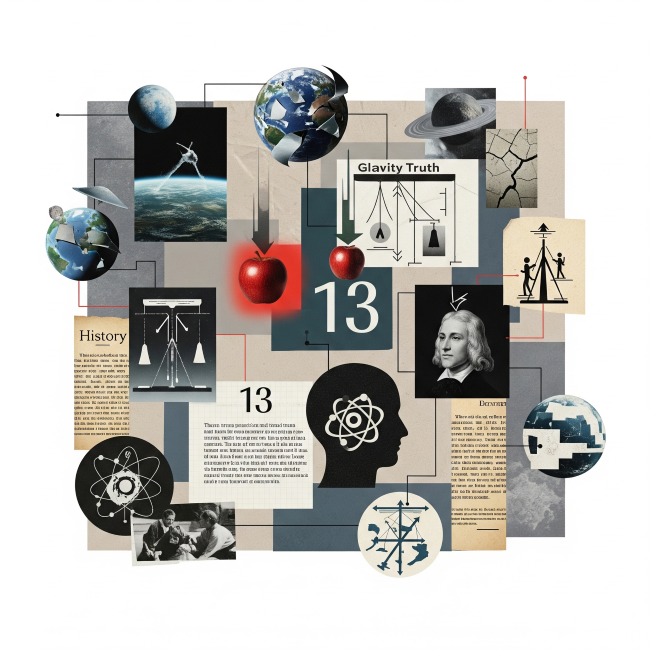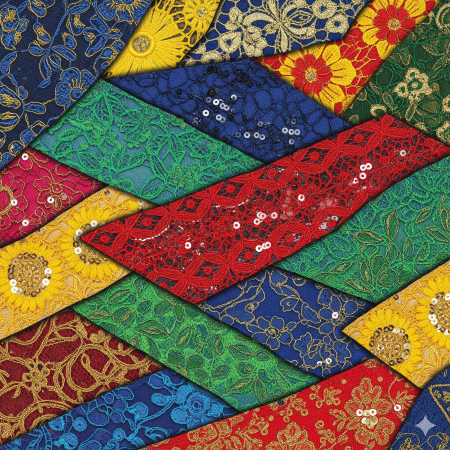Africa’s Ancient Classrooms: What Blombos Cave and Olduvai Gorge Reveal About Evolution

When we look to understand the story of humanity—our origins, our minds, our creativity—it is not in libraries or laboratories that we find our oldest lessons. It is in the soil and stone of Africa, a continent that cradled the first sparks of our consciousness. Two sites, Blombos Cave in South Africa and Olduvai Gorge in Tanzania, rise as silent professors in this ancient classroom, each revealing chapters of human evolution written not in ink but in ochre, bone, and ash. These places don’t just show us where we came from—they begin to explain how we became.
Blombos Cave: Art, Symbols, and the Birth of Thought
Image Credit: Wikipedia
On a remote stretch of South Africa’s southern coastline, Blombos Cave opens into the sea, and into one of the most significant archives of early human imagination. Dating back between 100,000 and 70,000 years, this site rewrites the narrative of when our species began to think, feel, and express itself in ways that go far beyond basic survival.
Within its layered sediment, archaeologists unearthed a silcrete flake adorned with a cross-hatched design—73,000 years old and widely recognized as the oldest known human-made drawing. It’s not just a scratch on a rock. It's a symbol. A message. A moment when early humans first reached beyond utility into abstraction.
Image Credit: Wikipedia
Engraved ochre pieces and ochre-stained shell beads reveal a community that didn’t just live, but reflected, decorated, and perhaps even ritualized their lives. These artifacts are profound evidence of symbolic communication—of culture beginning to stir.
Blombos also preserves the remains of a 100,000-year-old ochre-processing workshop, where early humans mixed pigments in abalone shells, combining intention with chemistry in what could be humanity’s first recorded “paint shop.” Coupled with simple tools and a subsistence strategy that included both land and sea resources, Blombos reveals not only a people who thought symbolically, but also strategically—capable of planning, adapting, and thriving in dynamic environments.
Image Credit: ThoughtCo
Olduvai Gorge: Where Our Biological Story Begins
Image Credit: Desk Tours
While Blombos Cave showcases the blossoming of modern human behavior, Olduvai Gorge in northern Tanzania takes us further back—much further. Here, in a dramatic ravine etched into the Serengeti landscape, the fossil record stretches over 2 million years. If Blombos is the site of our first footsteps, Olduvai is the site of our first breath.
Discovered in the 20th century and famously excavated by Louis and Mary Leakey, Olduvai Gorge is the richest paleoanthropological site on Earth. Within its layered strata lie the fossilized remains ofAustralopithecus boisei,Homo habilis, and Homo erectus—a lineage of hominins that tracks the evolution of our human species. The discovery of Homo habilis here in the 1960s fundamentally altered our understanding of human ancestry, placing tool-making and problem-solving capabilities at a much earlier stage than previously thought.
Image Above: Australopithecus Boisei. Credit: The Smithsonian Institute.
This image shows a reconstruction of Au. Sediba. Credit: Lee Berger; University of the Witwatersrand
And those tools—the hallmark of Olduvai. From the simple flakes of the Oldowan tradition (over 2.6 million years old) to the more advanced Acheulean hand axes used by Homo erectus, these artifacts are blueprints of early human cognition. They represent not just physical survival, but mental evolution: an emerging understanding of cause and effect, material properties, and the transformation of raw nature into something useful. Recent discoveries of bone tools—used, perhaps, to butcher animals or dig—push the boundaries of what we thought early hominins were capable of.
But Olduvai’s significance isn't just in its fossils or tools; it lies in its geological memory. With sedimentary layers laid down like pages in a book, precisely dated by volcanic ash, Olduvai provides an unbroken record of how hominins adapted to climate changes, ecological shifts, and the pressures of an evolving world. It’s a living timeline of resilience, innovation, and transformation.
Two Sites, One Story
Blombos Cave and Olduvai Gorge tell different parts of the same epic. One is a testament to the rise of symbolic culture and modern thought; the other, to the emergence of our biological and technological roots. Together, they remind us that human evolution did not occur in a single "eureka" moment, but through a slow, layered accumulation of adaptations—biological, cultural, and cognitive.
In Blombos, we see the first signs of identity and perhaps even spirituality. In Olduvai, we see the foundation: the upright walkers, the first toolmakers, the early survivors of a volatile world. Between these sites lies nearly two million years of transformation—of apes becoming humans, and humans becoming thinkers.
You may also like...
Super Eagles' Shocking Defeat: Egypt Sinks Nigeria 2-1 in AFCON 2025 Warm-Up

Nigeria's Super Eagles suffered a 2-1 defeat to Egypt in their only preparatory friendly for the 2025 Africa Cup of Nati...
Knicks Reign Supreme! New York Defeats Spurs to Claim Coveted 2025 NBA Cup

The New York Knicks secured the 2025 Emirates NBA Cup title with a 124-113 comeback victory over the San Antonio Spurs i...
Warner Bros. Discovery's Acquisition Saga: Paramount Deal Hits Rocky Shores Amid Rival Bids!
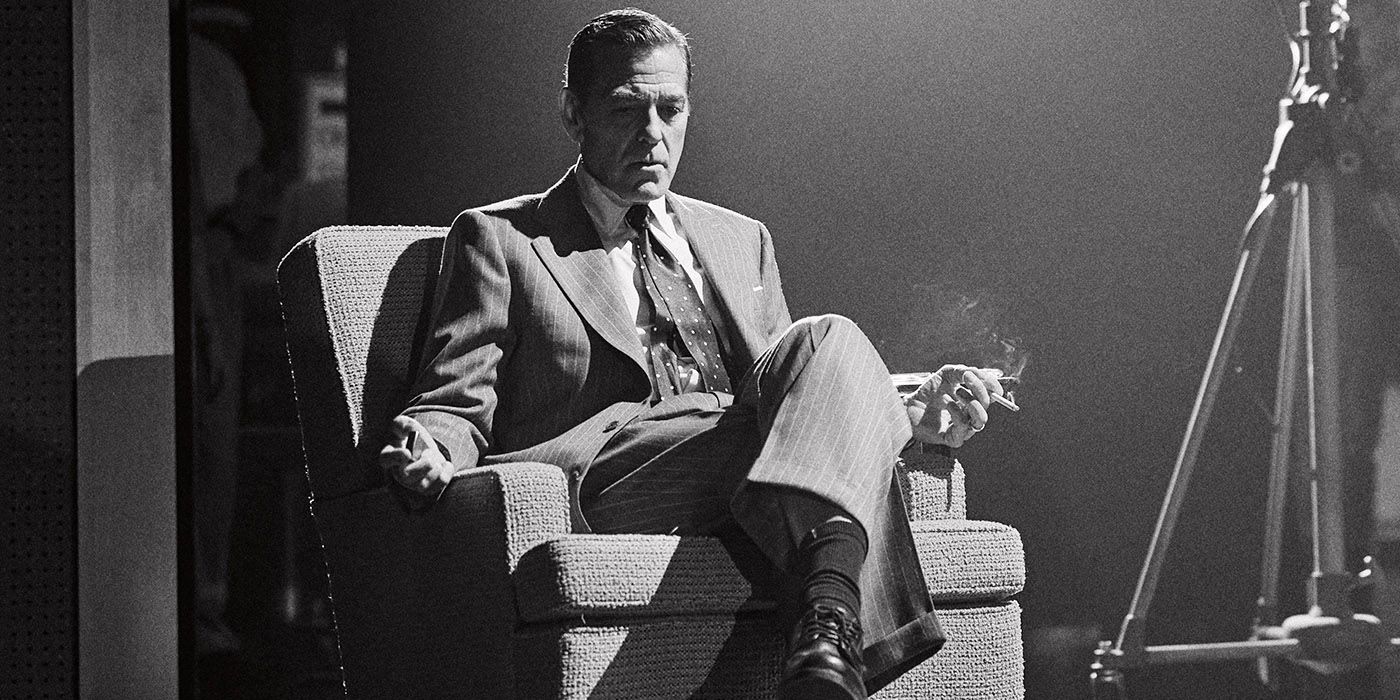
Hollywood's intense studio battle for Warner Bros. Discovery concluded as the WBD board formally rejected Paramount Skyd...
Music World Mourns: Beloved DJ Warras Brutally Murdered in Johannesburg

DJ Warras, also known as Warrick Stock, was fatally shot in Johannesburg's CBD, adding to a concerning string of murders...
Palm Royale Showrunner Dishes on 'Much Darker' Season 2 Death
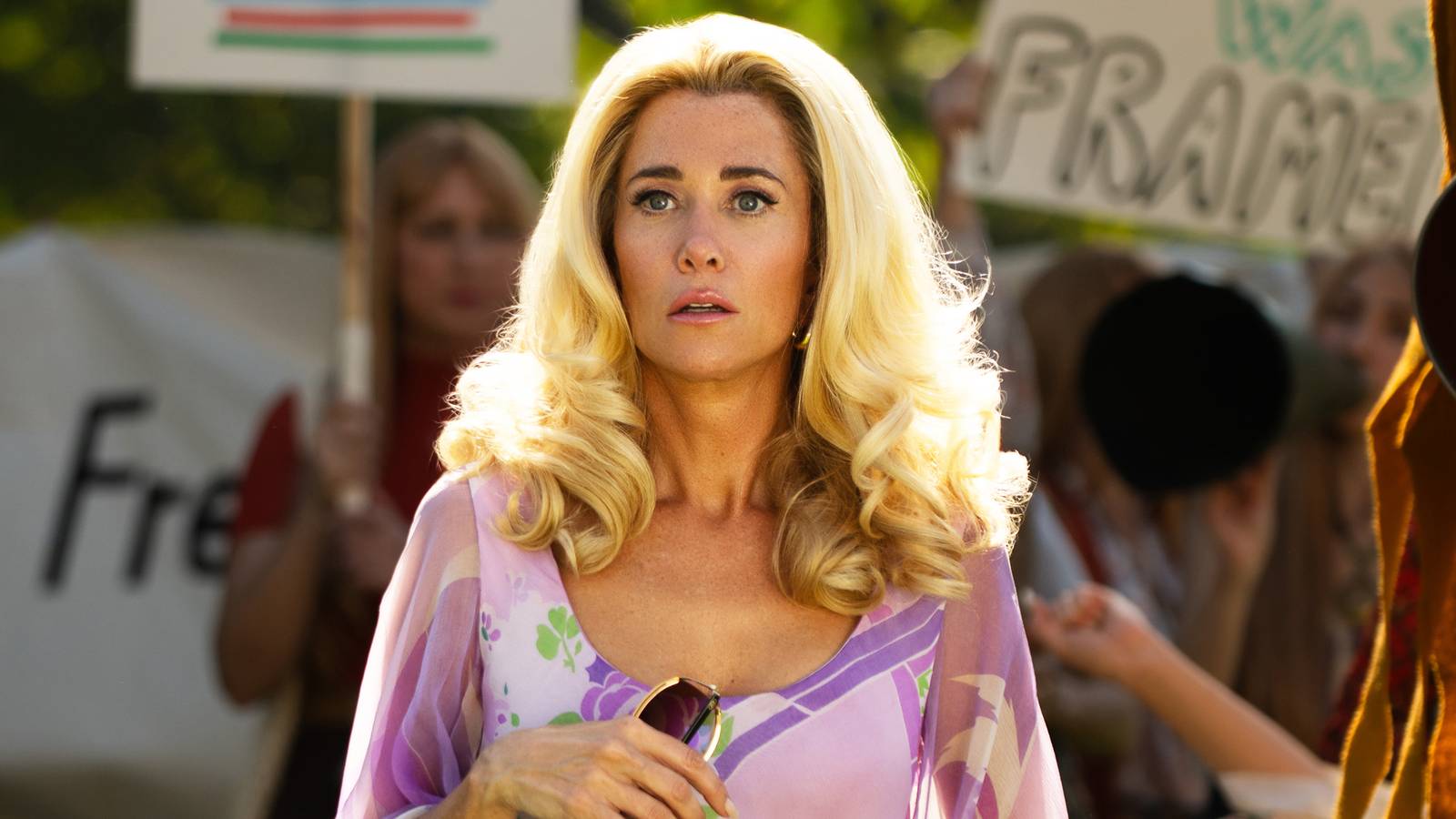
"Palm Royale" Season 2, Episode 6, introduces a shocking twin twist, with Kristen Wiig playing both Maxine and her long-...
World Cup Fiasco: DR Congo Faces Eligibility Probe, Sparks 'Back Door' Accusations from Nigeria

The NFF has petitioned FIFA over DR Congo's alleged use of ineligible players in the 2026 World Cup playoffs, potentiall...
Trump's Travel Ban Fallout: African Nations Hit Hard by US Restrictions

The Trump administration has significantly expanded its travel restrictions, imposing new partial bans on countries like...
Shocking Oversight: Super-Fit Runner Dies After Heart Attack Symptoms Dismissed as Heartburn

The family of Kristian Hudson, a 'super-fit' 42-year-old marathon runner, is seeking accountability from NHS staff after...
.png&w=1920&q=75)

